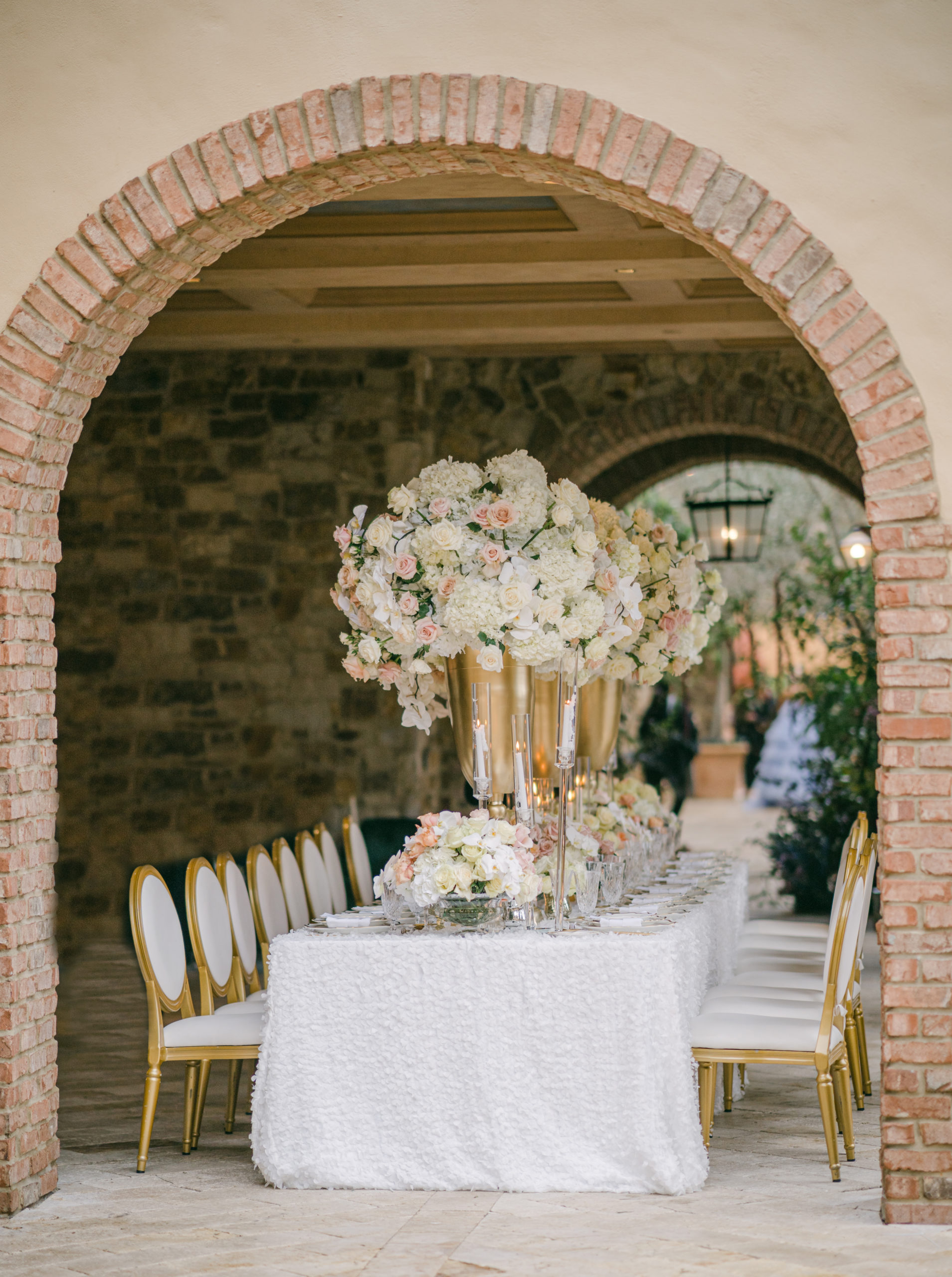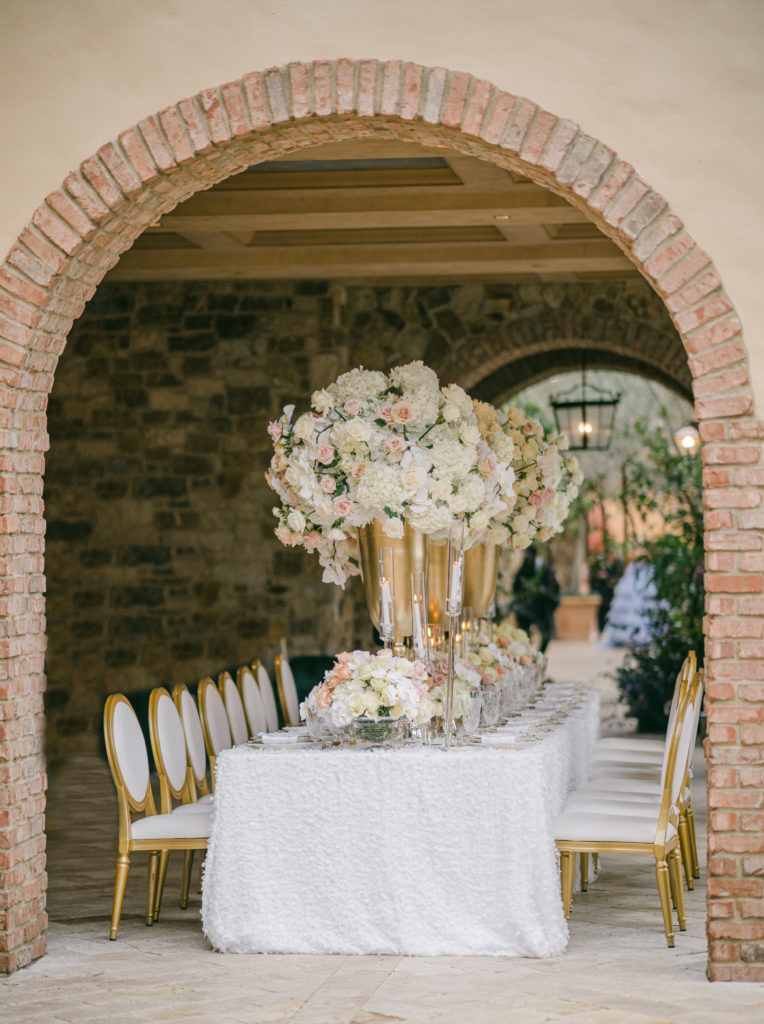Flowers are an important component of weddings for a reason, even if trends come and go. Florals set the tone for the event, and how much effort and money you spend on them will have an impact on how your guests feel on the big day. Working with your wedding florist is a fun and crucial part of the planning process, but if you’re not sure where to start or how to choose a wedding florist and blooms, the work may appear more difficult than you’d want. There are other factors to consider when choosing wedding florists, including your budget, theme, and style.
It’s usually a delightful part of the planning process, even if you’ve never picked wedding flowers before. Do you have a list of your favorite florist already? These guidelines can assist you in staying organized and informed.
When Is the Best Time to Find a Wedding Florist?
At least four months in advance of the event. Six to eight months ahead of time is preferable because it allows you to shop about, compare pricing, and finalize contract specifics.
You want your wedding’s overall aesthetic to be memorable, and your florist is an important part of that. If you’re looking for a florist to help you develop your wedding day vision, make sure to keep these in mind:
1 | Choose your Flower Style
Some florists engage at tall, lush, extravagant centerpieces, while others specialize in sleek, minimalist designs. To pick out your style, look at photographs of bouquets and centerpieces you like. Also, learn some of the most frequent flower terminologies so you can communicate effectively with your florist. The season, venue, theme, color palette, and other wedding specifics will all affect your style. Consider and discuss several styles before deciding which ones will blend in best with the rest of your wedding details.
- Round, crisp designs with roses are common in the classic style.
- Looser, fluffier flowers in neutrals and pinks are typical of the romantic design.
- Natural style is influenced by nature and features organic patterns with a lot of greenery.
- Colors that stand out in a bold style are unique and vivid.
- Minimalist designs with clean lines and modern shapes are typical of the modern style.
- The free-flowing wild style features a wide range of colors and textures.
2 | Evaluate Your Floral Needs
Do you want someone to assist you to plan the aesthetic of your reception tables and ceremony aisle in addition to making your arrangements? You’re probably more interested in working as a florist designer. Do you already have a planner or a design sense? Then a typical florist will most likely suffice. Determine which is the greatest fit, as this will help you focus your search and set your budget.
Remember the difference: A floral designer will be curating a design and is familiar with working with a vendor team, while a florist, on the other hand, is more likely to work out of a specific place selling a la carte arrangements. A florist will suffice if you only require a few modest items that can be picked up ahead of time such as bouquets, boutonnieres, and a small number of table arrangements. If you want to add larger components that need to be built on-site, such as floral arches or floral chandeliers, you’ll want to hire a floral designer.
3 | Set your Floral Budget
Flowers and décor should account for roughly 10% of your overall spending. Plan to increase this quantity if you adore flowers and want a big display. Include extras like setup and breakdown fees, taxes, and tips in your budget. When you meet with florists, you must have a figure in mind.
4 | Find the Right Florist
Make a point of finding florists who are close by. When you’re looking for florists online, be sure you identify your location. Your florist must be close to your event location. When it comes to carrying flowers and plants, less travel time means less risk, as well as lower delivery and handling fees.
Check with your family, friends, and the venue manager if they know of any outstanding florists in the area. Finding and locking down a florist will be much easier and faster if you have this information from others who have similar criteria and expectations as you.
Wedding florists’ work varies so much and requires so much customization that many don’t charge flat pricing. Call or email all of the florists on your list and explain to them what you’re looking for in a few sentences, along with a general pricing estimate.
5 | Make Arrangements to Meet With Your Potential Florist
Remove any florists from your list whose quotations are more expensive than your budget, and set up face-to-face interviews with the rest. Make an effort to schedule at least two or three so that you have a variety of options to choose from. Bring samples, magazine cuttings, bookmarked Pinterest photos, and other visual aids to the meetings so you can best communicate your concept to each florist. This will help them in forming a clear picture of what you want and whether or not they can carry it out.
You’ll need to ask each florist several questions in addition to explaining your concept. Bring a list of key questions with you, such as the one below:
- How many weddings have you done florals for?
- Are you willing to work within my budget?
- Do you have a date available for my wedding?
- What sorts of flowers do you recommend for my theme, venue, and color scheme?
- Is there a delivery charge?
6 | Finalized Your Choice
Make a decision based on your notes. Compare all of your notes on each florist after all of your meetings/interviews and choose the one you trust, who appears to be providing you the greatest deal financially, and who stands out overall. Sign an agreement with the florist.
When you tell your selected florist that you’d like to work with them, they’ll usually send you a proposal that breaks down all of the pricing and describes their responsibilities as your florist. This proposal will serve as a contract that assures the florist’s services on your wedding day once signed.
Finally!
Meet with your florist a few more times before the wedding! You’ll need to keep in touch with your florist as your wedding approaches, in addition to signing the contract and paying the deposit. Make sure all payments are made on time and meet with your florist at least 1-2 more times to discuss any small modifications, centerpiece mock-ups, and to ensure you’re both on the same page.
For your wedding florist in Tennessee, check out all of the links in this blog, and please continue to follow us on Instagram and Facebook!


+ Comments